Propane
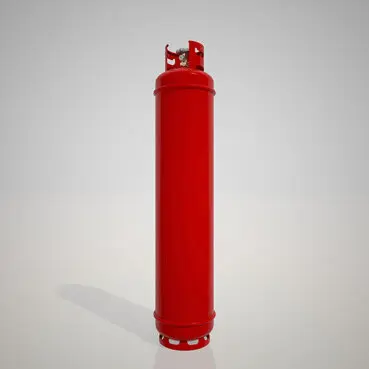
Propane (molecular formula C₃H₈) is a three-carbon alkane. It is normally a gas, but it can also be compressed to a transportable liquid. As a byproduct of natural gas processing and petroleum refining, it is most commonly used as fuel for engines, oxy-gas torches, barbecues, portable stoves, and residential central heating. Propane is one of a group of liquefied petroleum gases (LPGs). Others include butane, propylene, butadiene, butylene, isobutylene, and mixtures thereof.
Propane gas is the most common choice for barbecues and portable stoves because its low boiling point of -42 °C (-44 °F) causes it to vaporize as soon as it is released from its pressurized container. However, no carburetor or other vaporizer is required; a simple metering orifice is sufficient.
Some locomotives, buses, forklifts, taxis, and ice resurfacing machines run on propane gas, and propane gas is also used for heating and cooking in recreational vehicles (RVs) and other large vehicles. Because it is easily transportable, it is the most widely used fuel for home heating and for generating backup electricity in sparsely populated areas that do not have natural gas pipelines.
Propane is primarily stored and transported in steel cylinders as a liquid with a vapor space above the liquid. The vapor pressure in the cylinder is a function of temperature.
When gaseous propane is drawn at a high rate, the latent heat of vaporization required to create the gas will cause the cylinder to cool (this is why water often condenses on the sides of the cylinder and then freezes).
Additionally, lighter, higher-octane compounds vaporize more quickly than heavier, lower-octane compounds. Thus, the combustion characteristics change as the cylinder empties. For this reason, the liquid is often withdrawn using a dip tube. Propane is used as fuel in furnaces for heating, for cooking, in water heaters, clothes dryers, barbecues, portable stoves, and as an energy source for motor vehicles.
Commercially available "propane" fuel, or LPG, is not pure. Typically in the United States and Canada, its composition is primarily propane (at least 90%). The remainder consists mainly of ethane, propylene, butane, and odorants such as ethyl mercaptan. This corresponds to the HD-5 standard (Heavy-Duty: maximum 5% allowable propylene content, and not more than 5% total butanes and ethane) specified by the American Society for Testing and Materials (ASTM D1835) for internal combustion engines. However, not all products meeting this standard are labeled as "propane." For example, in Mexico, where liquefied gas sold in cylinders is common, gas labeled as "propane" typically consists of 60% propane and 40% butane.
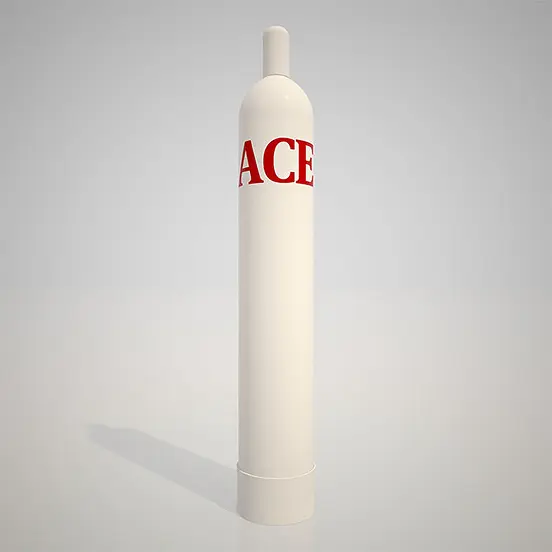
Acetylene (systematic name: ethyne) is a chemical compound with the formula C₂H₂.
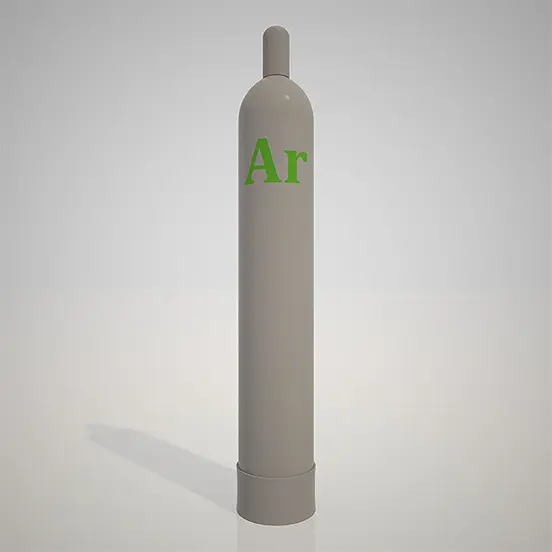
Argon is a chemical element with the symbol Ar and atomic number 18.
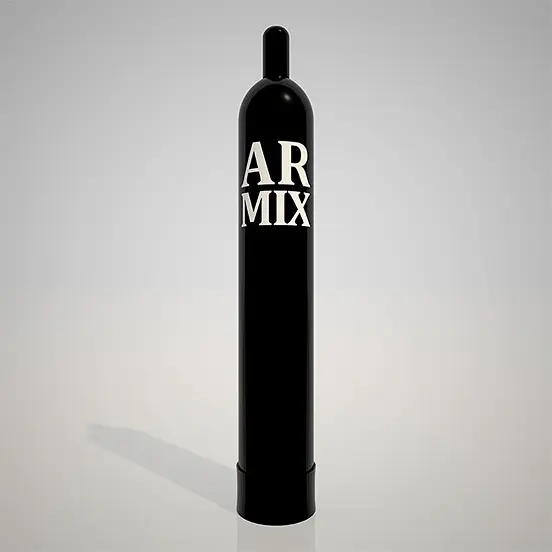
Argon-Carbon Dioxide C-50 (50% argon / 50% CO₂)
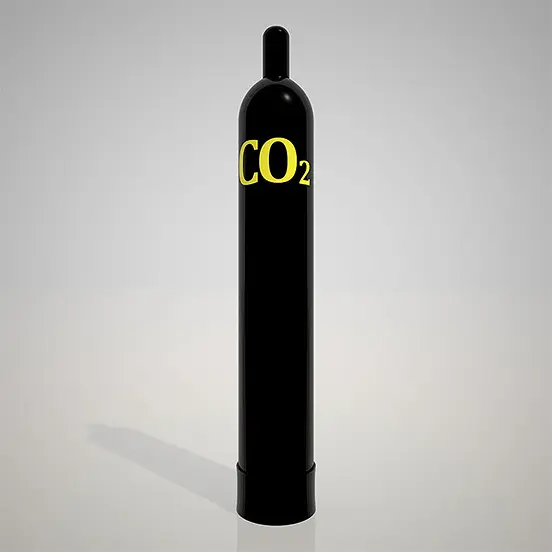
Carbon dioxide (chemical formula CO₂)
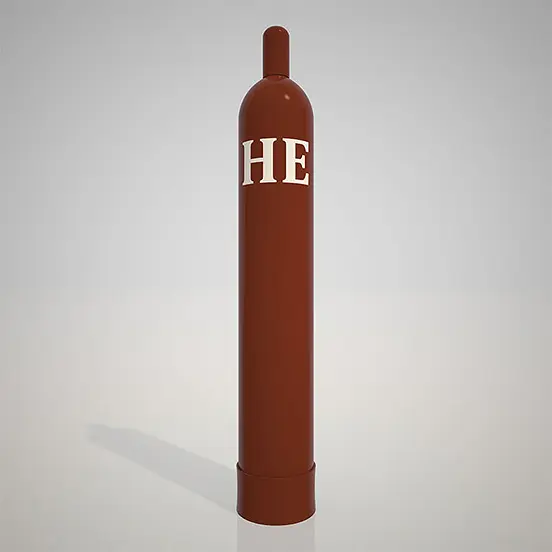
Helium is a chemical element with the symbol He and atomic number 2.
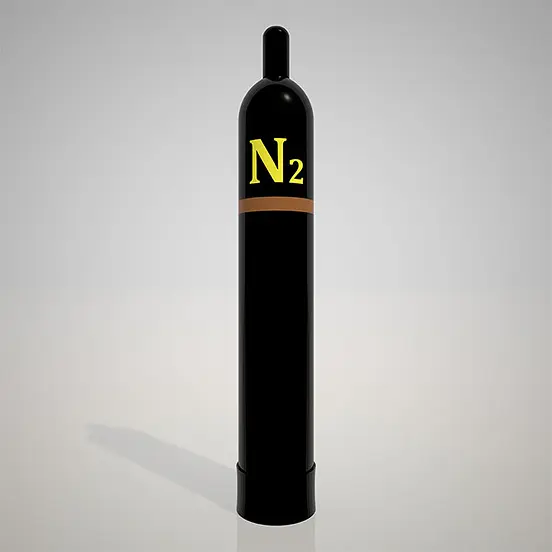
Nitrogen is a chemical element with the symbol N and atomic number seven.
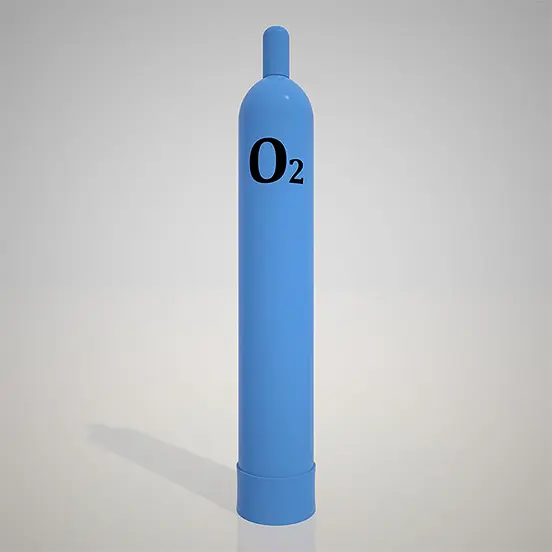
Oxygen is a chemical element with the symbol O and atomic number 8.